I’ve just had yet another delivery this week, three plants wrapped in a large cardboard box. Everything I send for seems to arrive packed in cardboard – from books to beer, hardware to haberdashery.
For the environmentally conscious, cardboard seems to tick all the boxes (sorry, pun not intended). It’s recyclable, renewable, reusable and biodegradable. And it avoids the single-use plastic wrap, which was so ubiquitous.
But now we are swimming in the stuff. Local recycling bins are piled high with huge flattened delivery boxes, and my own garage is stacked with cardboard of all shapes and sizes. (Well done Riverford for reusing their delivery boxes up to 10 times.)
So I’ve been thinking about all the ways we can use cardboard in the organic growing area. Here’s my top six. You might have more?
As a mulch
Spread cardboard over bare soil to protect it against winter rains. Even better if you put a layer of organic matter such as leafmould underneath. The worms and other soil life will enjoy processing both, giving you a lovely friable soil – ready for spring planting. Note: it’s best to avoid coated cardboard for this and compost making. The coating is usually a plastic laminate, which you don’t want in your compost heap or your soil.)

On the compost heap
I often add torn up pieces of cardboard to my heap as part of my 50:50 perfect mix of browns and greens.
To suppress weeds
New allotment needs clearing? Slash down weed growth, and put down overlapping sheets of cardboard. Weight them down with a thick layer of compost or well-rotted manure, and leave for 6 – 12 months. No digging. The weeds will die off, and become easy to pull out, and you’ll have a rich, well-structured soil to grow in.
Curled up inside pots for insect shelters
Helpful insects such as ladybirds, lacewings and earwigs need somewhere to nest and hang out through winter. Rolled up corrugated cardboard tucked inside pots provide the perfect ‘bug hotel’.

Toilet rolls as seed planters
Here’s how I cut out the plastic in my seed sowing. Cardboard rolls are particularly good for large seeds eg sweet peas or beans. It allows them to develop a long root system, and you can eventually plant the whole package, roll and seedling, into the soil.
Create a bird scarer
I’ve ripped up sheets of cardboard and pinned them to strings hung across my veg patch. The close network of strings and flapping cardboard stops those pesky pigeons from landing and eating my precious winter brassicas.
However, beware: nearly all cardboard delivery boxes seem to have plastic tape sealing them. It’s a pain picking it off, but it isn’t biodegradable. Do you have tips to share on how to reuse cardboard in your growing area? Go on, think outside the box.
The Grow Your Own Wicked Leeks series is written by Garden Organic, the national charity for organic growing.
Each month we bring you timely advice on what to do in your organic patch. We hope they inspire you on your organic growing journey, whether you’re an experienced grower or just starting out. Share your own tips and gardening photos on social media under #GYOWickedLeeks.

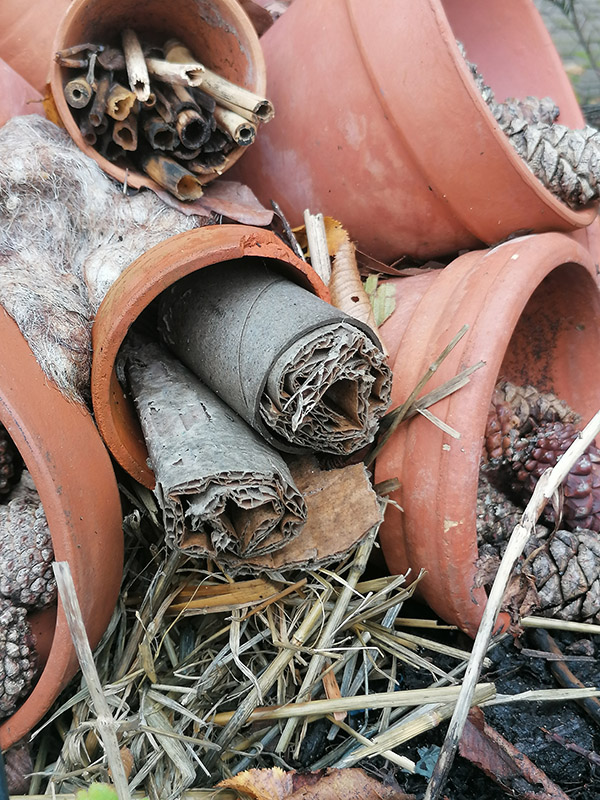

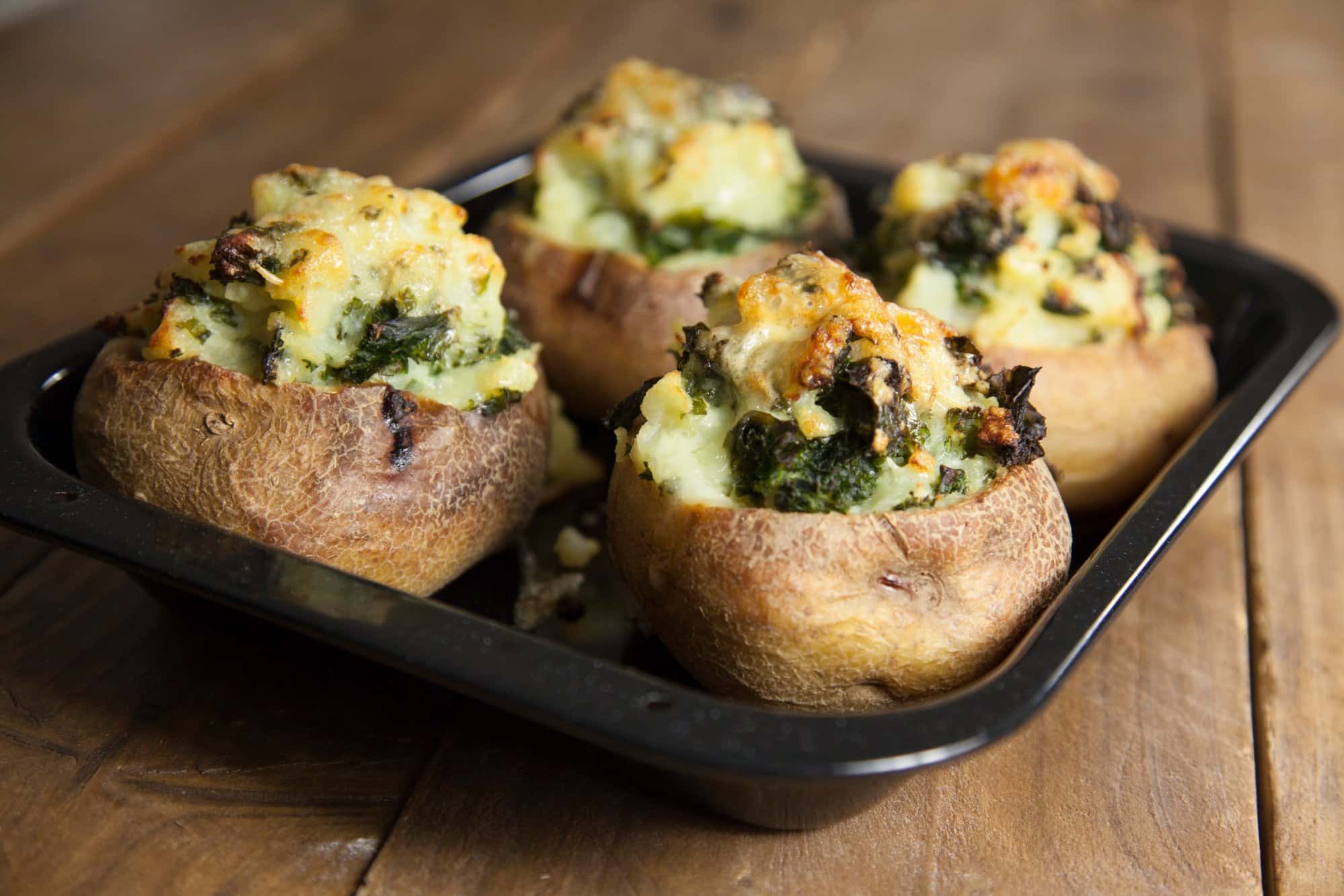
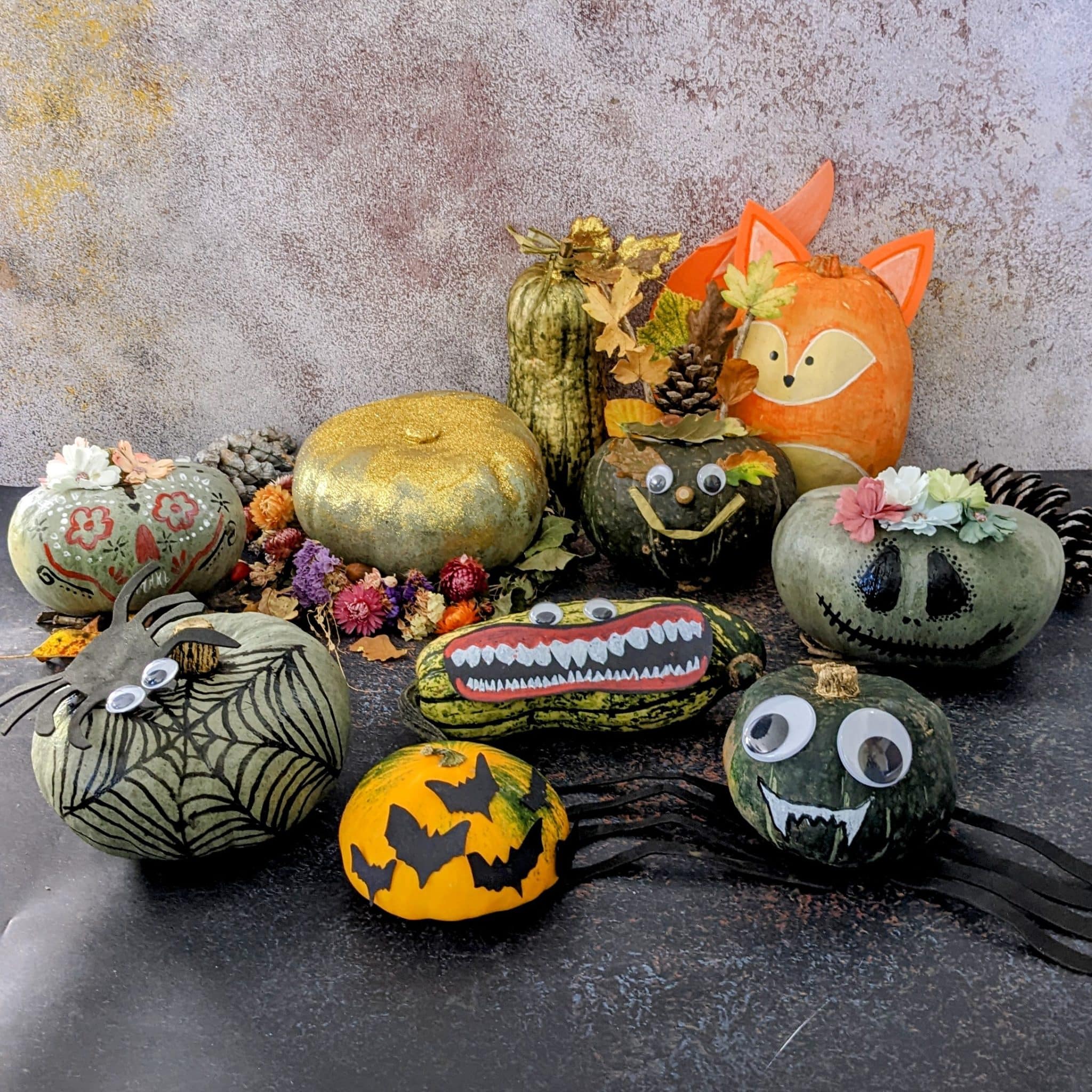
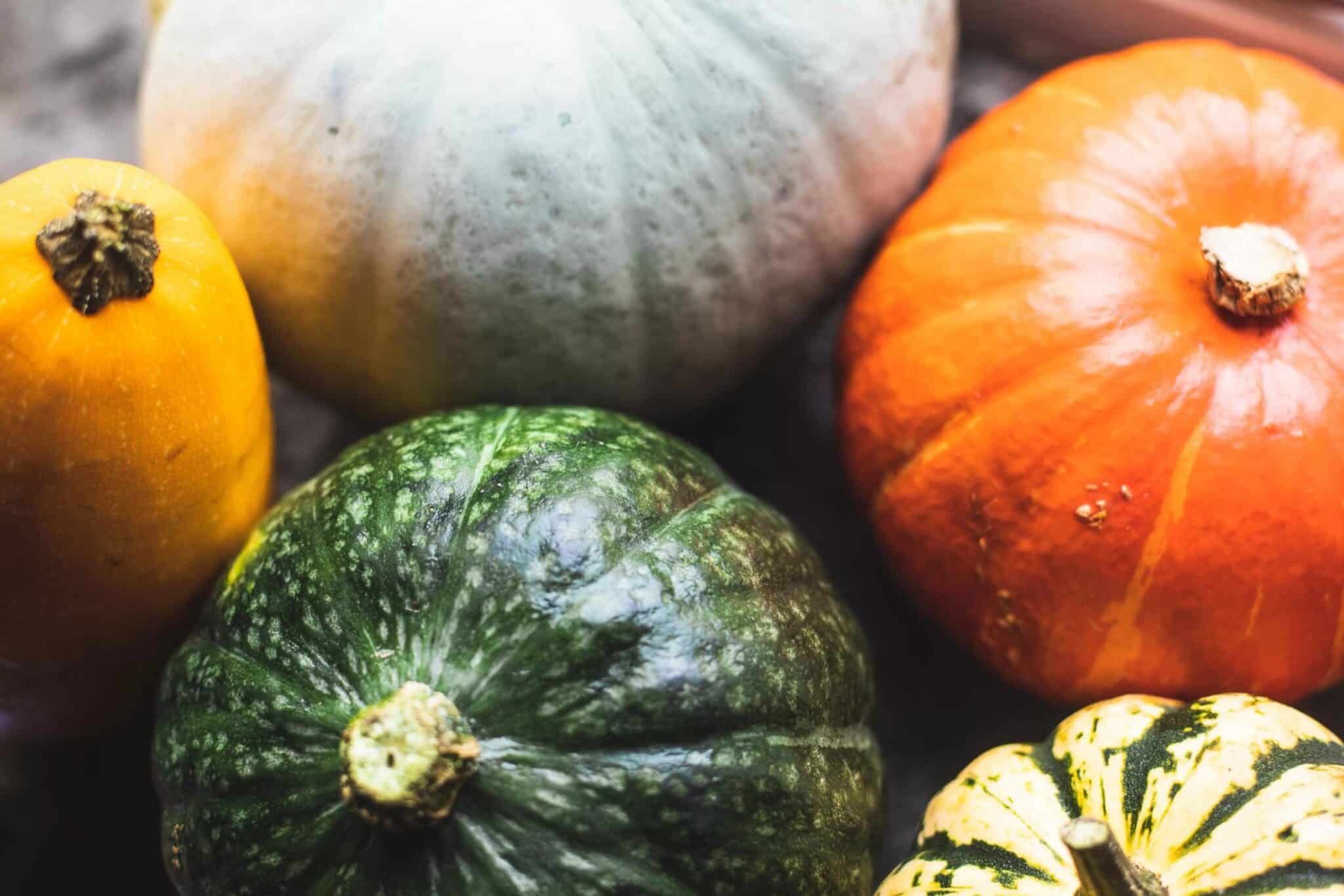

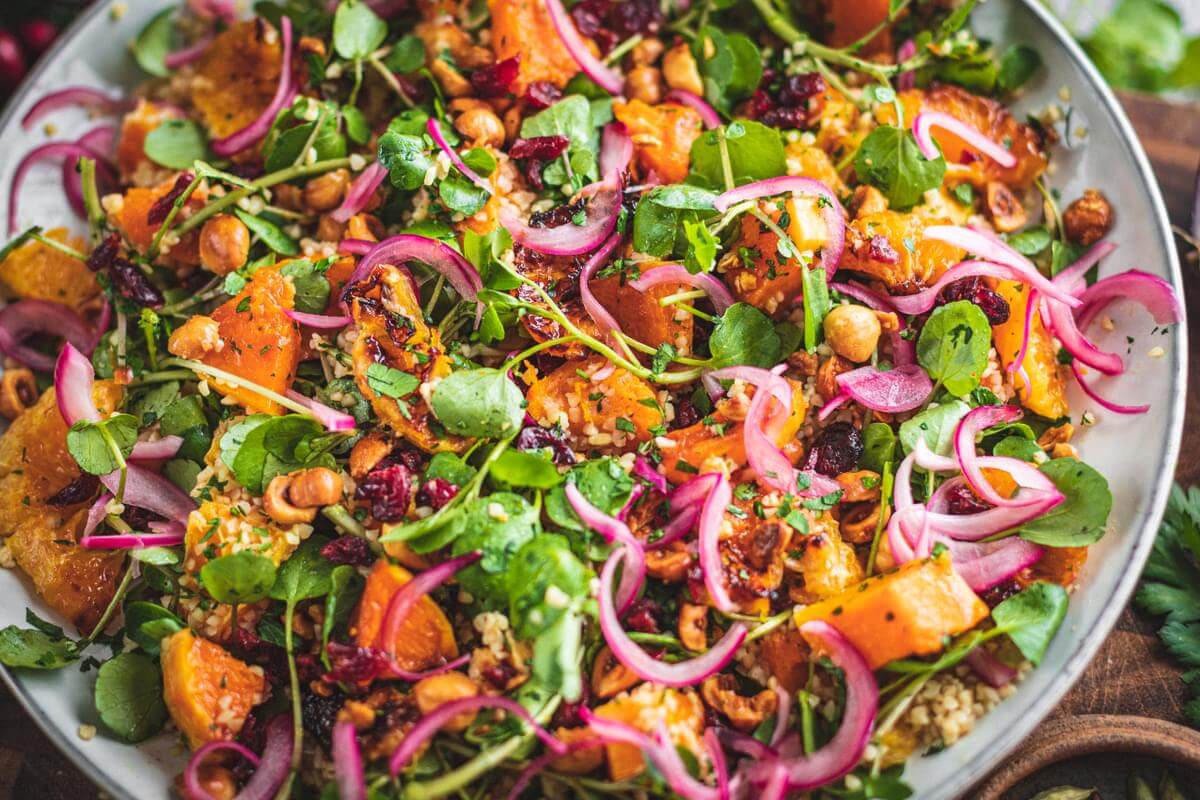
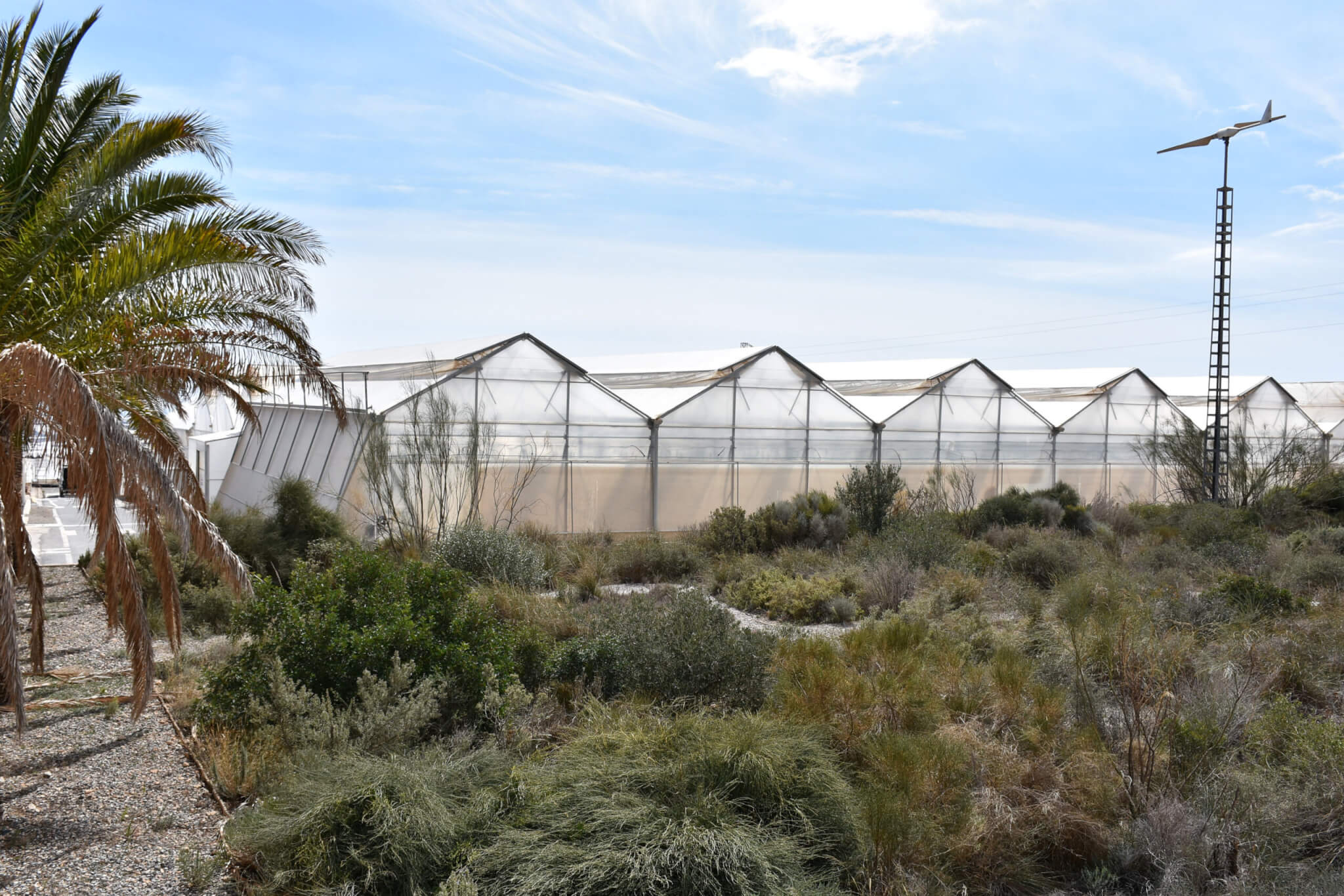




0 Comments